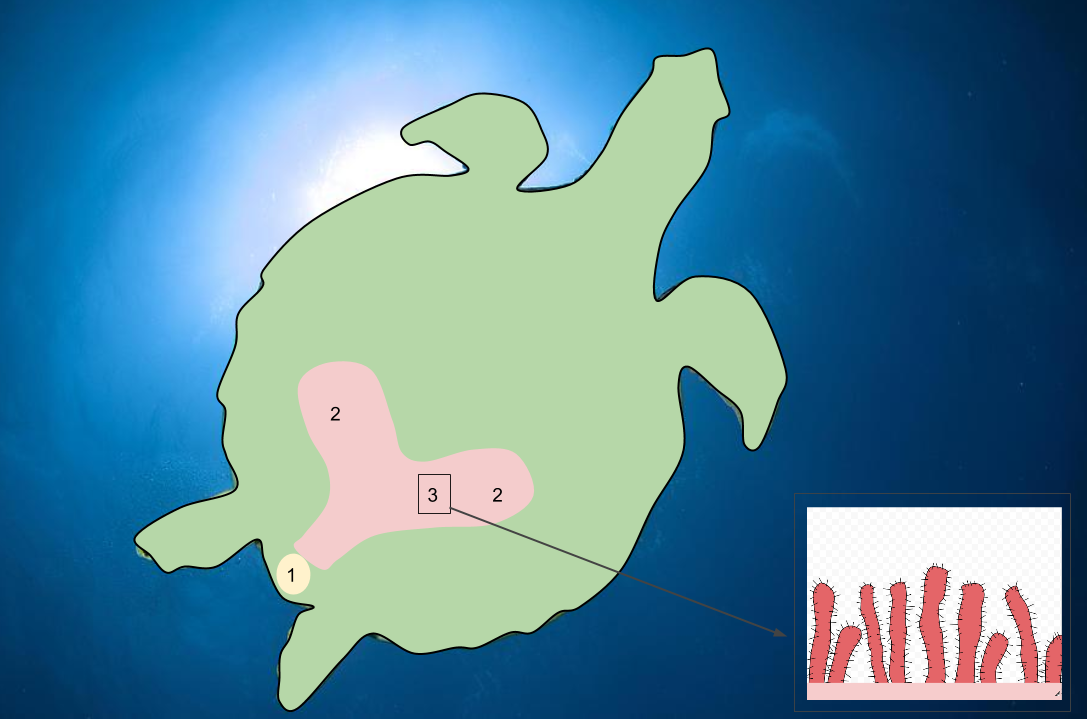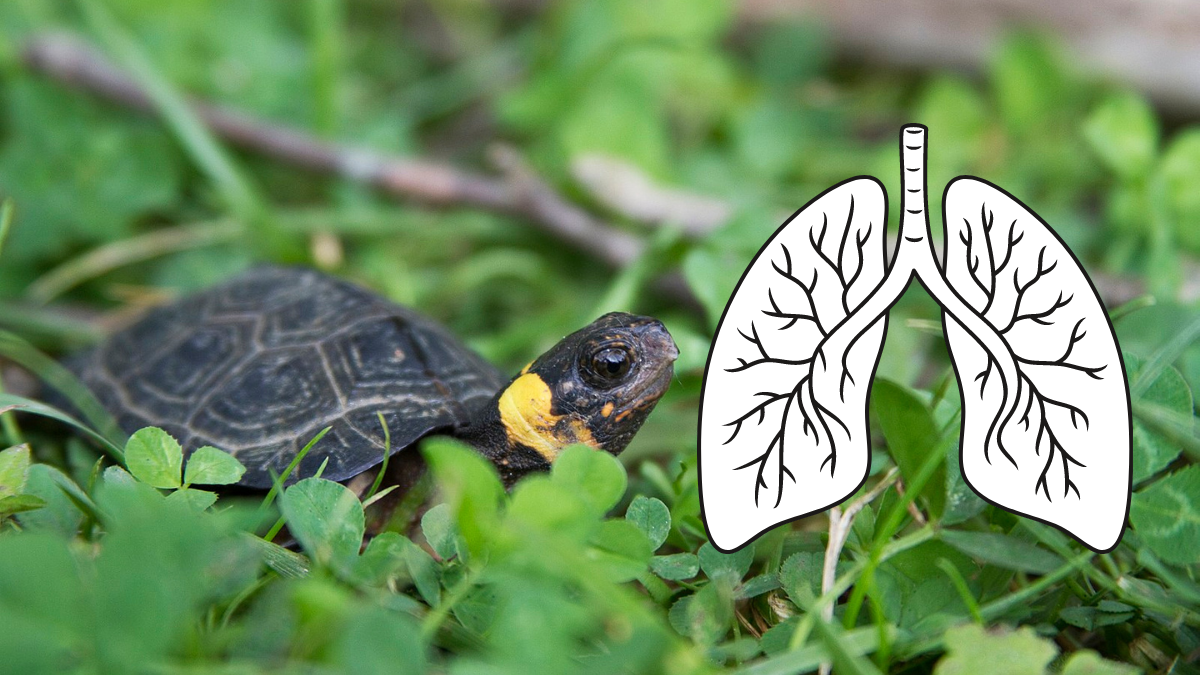The phrase "take a deep breath" takes on a different meaning when you consider that some species of turtles have adopted the skill of breathing through their butts, so to speak.
The claim made headlines in November 2019 when "Frozen 2" was released in the U.S. During a long and grueling horse ride through the forest in the film, the charismatic snowman Olaf dropped a handful of scientific truth bombs on Anna – including the claim that turtles breathe through their butts.
Life was breathed back into the claim in early May 2021 in a Reddit thread, “What is the weirdest fact you know?”

It may be weird, but it’s also true.
Like many animals, turtles breathe oxygen in through their mouth and lungs – inhaling brings oxygen from the air into the lungs that diffuse across the lung tissue and into the bloodstream. Simultaneously, the waste gas carbon dioxide moves from the blood into the lungs and is exhaled, or breathed out, according to the U.S. National Heart, Lung and Blood Institute.
https://www.youtube.com/watch?v=C0mYCssvYpE&feature=youtu.be
Some turtles, including the bog turtle of the U.S. Appalachian mountain range, absorb oxygen from the water through the cloaca – a multipurpose tube and makeshift “butt” that serves breeding and egg-laying purposes, as well excreting waste. According to the U.S. Fish and Wildlife Service (FWS), bog turtles burrow into the mud along the bottom of bogs at depths of up to two feet for which they have adopted a very unique skill – cloacal breathing
Cloacal respiration helps turtles hide from predators and thrive during the winter when their home ponds and bogs might be frozen over.
“Unlike most mammals, reptiles, amphibians, and birds don’t have a separate rectum and urethra, but rather a single organ, called a cloaca, serves the intestinal, urinary, and genital tracts. Some aquatic turtles, including the bog turtle, have openings off the cloaca, called bursae, which are densely laced with blood vessels,” wrote the agency.
“Water enters these chambers and the oxygen is removed, allowing the turtle to wander at length in the murky depths of Appalachian bogs. The ability to breathe at the end of your digestive tract isn’t limited to aquatic turtles, but rather a feat that can be pulled off by animals as diverse as sea cucumbers and young dragonflies which spend their nymph stage as aquatic insects.”

Water enters a turtle’s cloacal orifice (labeled “1” in the diagram above) and is pumped in and out of pouches called cloacal bursae (2) through special muscles that expand and contract. The inner lining of the cloacal bursae contains small, finger-like projections known as fimbriae (3) that serve reproductive purposes.
Most well-known for cloacal breathing in the U.S. is the North American bog turtle, which at less than 4 inches long makes up the smallest on the continent. Identified by its small orange and yellow patches on the sides of its head and neck, the bog turtle's range spans from New York down to South Carolina. Bog turtles are federally listed as “threatened” and protected under the Endangered Species Act, according to the University of Georgia.
Bog turtles' special “butt-breathing” talent was also featured on the FWS podcast, “Southern Appalachian Creature Feature.”
“Some of us look at birds and wish we could fly. Others watch dolphins and wish we could swim so easily, gracefully, and swiftly. And there may be a few who look at a bog turtle and wish they could breathe with their butts,” said podcast host Gary Peeples.


